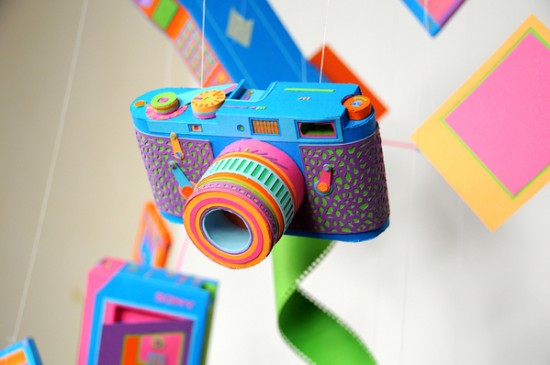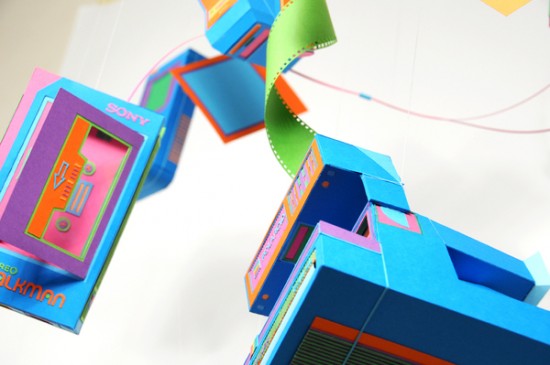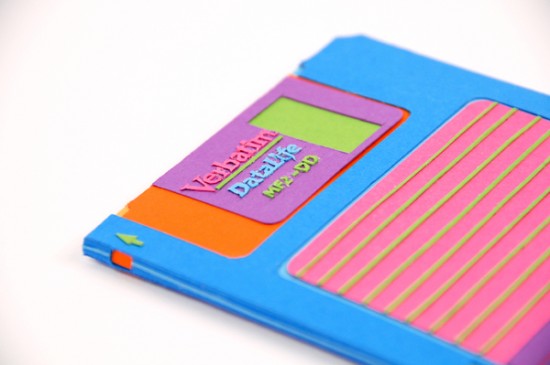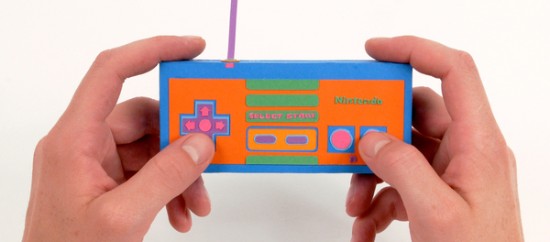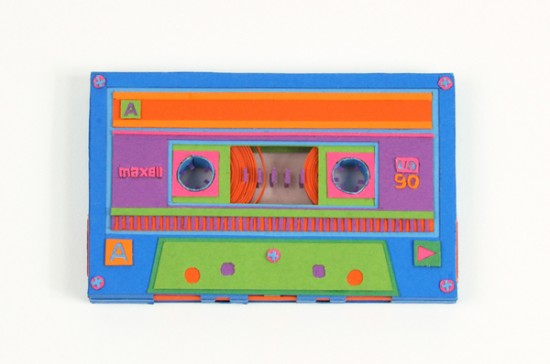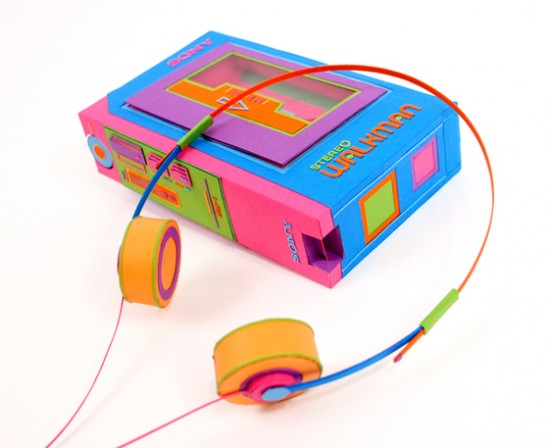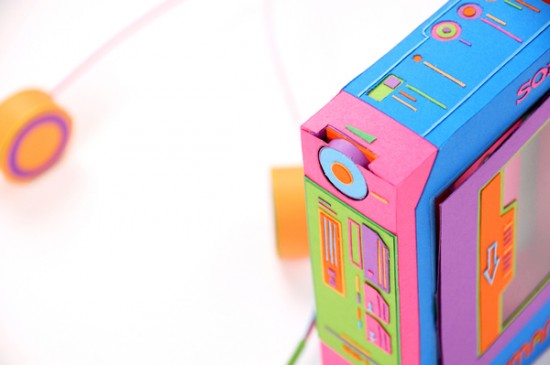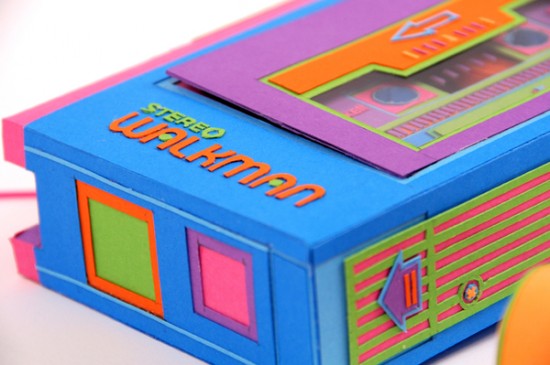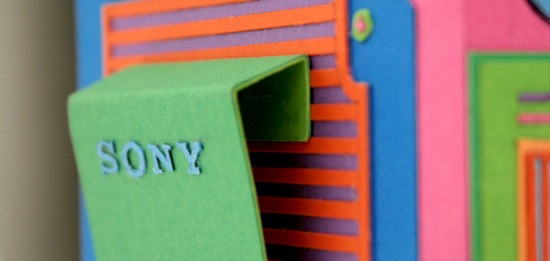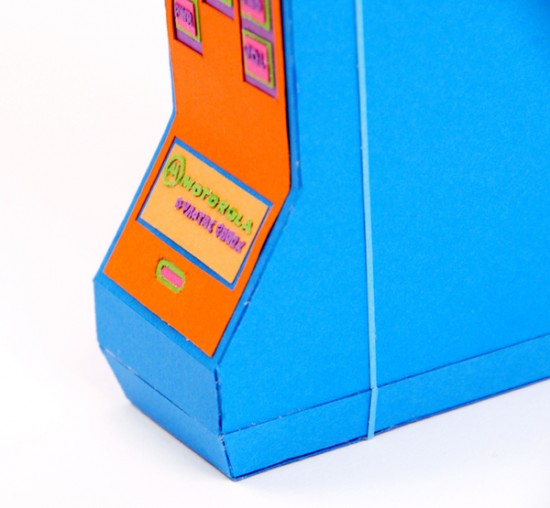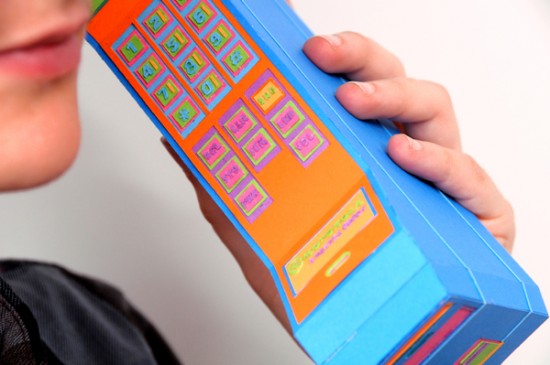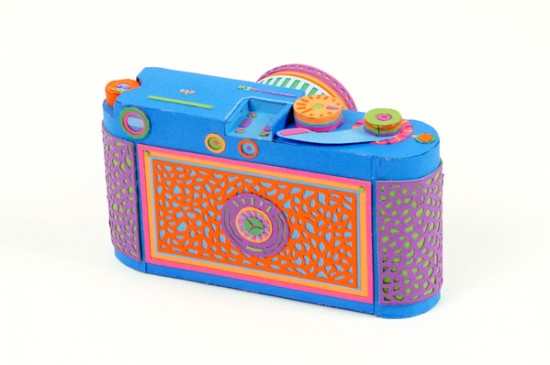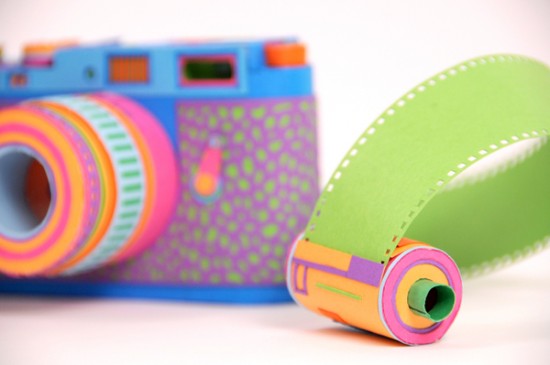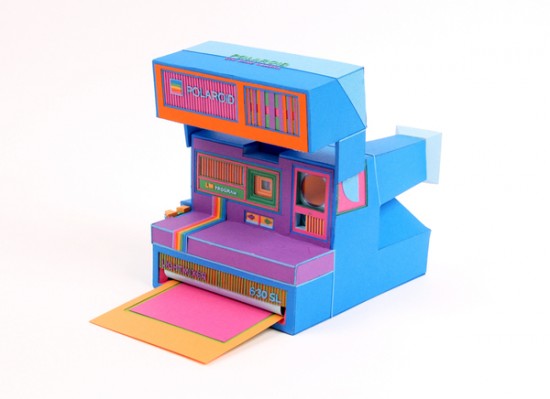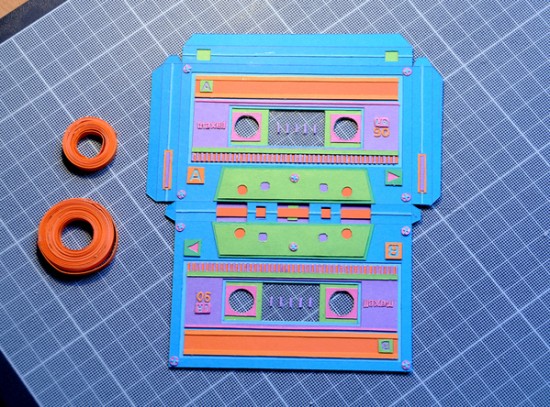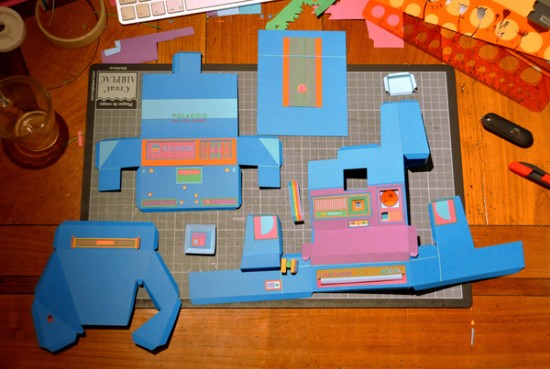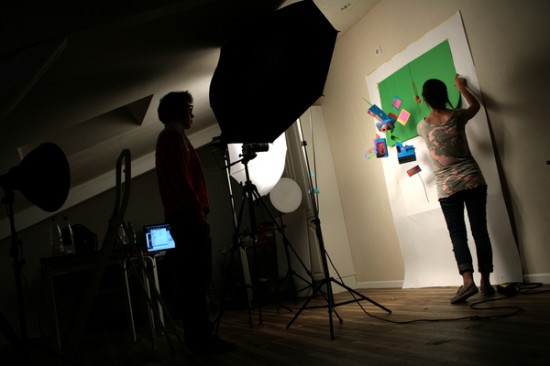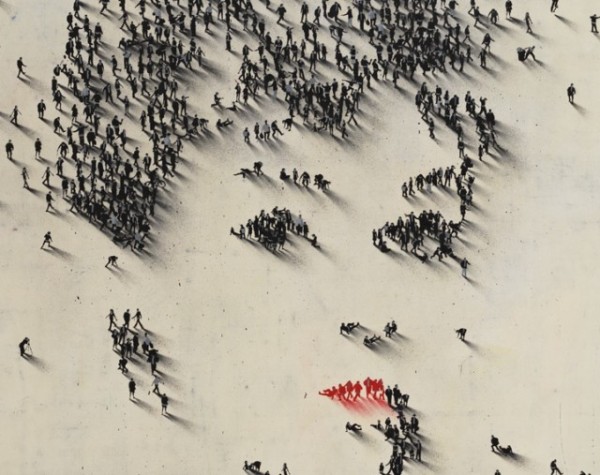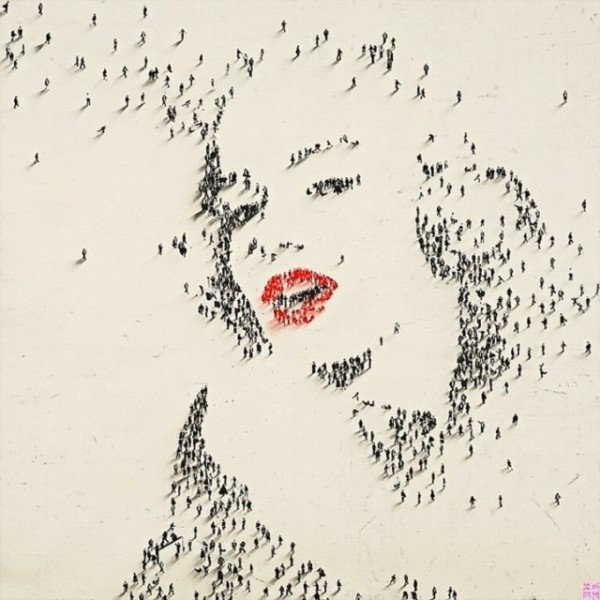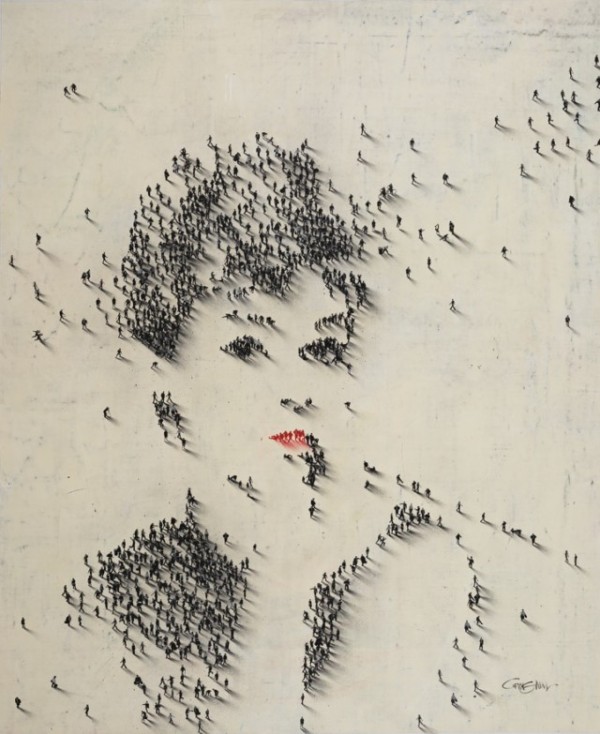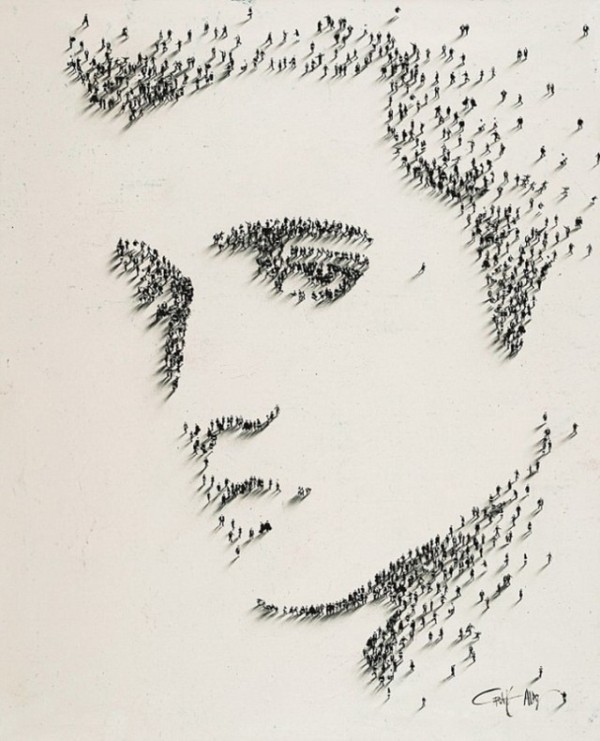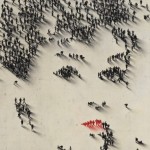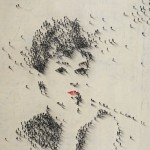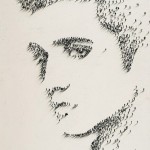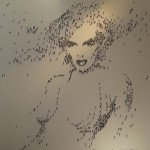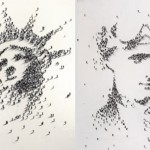Julia Pott: Belly:
Julia Pott (Hornet) is one of those rarities: an animation director with a unique voice who can actually make you feel something. The common denominator in her work is an intense yearning — an often funny and sometimes painful search for something intimate and real. Whether the subject is love or loss, Julia’s work feels like a confession from a best friend whispered from somewhere inside a massive pillow fort you’ve constructed together during a summer weekend.
After a long and successful run on the festival circuit, including stops at Sundance, Animafest Zagreb, SXSW, the Holland Animation Film Festival and the Hiroshima International Animation Festival (among many others), Julia’s animated short “Belly” has been released on the web.
Created for her thesis at the Royal College of Art, “Belly” is a touching animated short rendered in Julia’s disarming illustration style. Its cast of animal characters are poignantly human, delivering understated dialogue during a surreal rescue mission with a heart-wrenching conclusion.
We caught up with Julia for a little Q&A and a glimpse at the process behind “Belly.”
Who are you and what do you do?
I’m Julia Pott and I’m a British animation director living in Brooklyn.Where did the idea for “Belly” come from?
The starting point for “Belly” centred around the cross-over period between going to sleep in back of the car at night, then seamlessly waking up in my bed the next morning. Then I got too old and heavy and was woken up by my parents, forced to trudge upstairs, brush my teeth and put myself to bed. I remember being acutely aware that I had had things pretty good for a while, and now it was over.
Growing up with a sister five years older then me, I spent a large period of my childhood feeling generally hard done by, ostracized and left out. I was so desperate to speed through the process of being a kid that I didn’t stop to appreciate what I would be leaving behind. Once it’s been given up, it’s gone. You can remember the sensation, you can feel it in the pit of your stomach, but you cannot get back there – hence the title, “Belly.”
Once I knew I wanted to focus on childhood I indulged myself in the memories of my own. As a kid I think we more willingly immerse ourselves in the uncanny, happy to feel inexplicably weird. We consume horror, gore and casual death. I was absolutely fascinated by the idea of sinking in quicksand, being beheaded, ghosts… As I got older, I grew out of my kid-like immunity to the spooky – not so ready to feel scared, not wanting to feel it at all, in fact.
The laws of physics are also much more ambiguous. It seems feasible to walk through walls, push your hands through your skin. In this way animation became the perfect medium for the subject matter – using the physics of childhood to externalise the inner turmoil of the characters – melting into the ground when you’re yelled at, pushing through your friend’s body if it’s a quickest way to get down.
Summer became the natural setting for the film because of this sense of possibility that comes with the season. So much of my childhood memories centre on the heat of summer, playing in the ocean and feeling like you might almost drown when a wave crashes over you, and going back for more anyway.
Character Development
For me, the film seems to collapse the mental division between childhood and adulthood. You’ve presented some themes that are universal, regardless of age: love, rejection, companionship, loss. Is all this just me looking too deeply into the film or were you aiming to hit some of those ideas?
No, this is absolutely the crux of the film. You can feel these sensations at any age. There is a line in, ‘The Hotel New Hampshire’ by Jon Irving that says: “You spend half your life being 15.”Style frames
So far, I show no signs of outgrowing 15. I can be in an awkward social situation, and I am a kid again, wanting to bury myself in the floor. A relationship can end, and it joins your childhood memories in your belly – another period of your life that you remember, even yearn for, but can never return to.
The visual style is a unique mix of 2D elements and occasional live action footage, right? What were some of your inspirations for the visual style?
Inspiration for the visuals and the subject matter went hand in hand. I went back to the shows from my childhood, re-watching 90’s kid’s TV like Eerie Indiana, Round the Twist and Goosebumps but also coming of age films that fell into this specific genre of loss, horror and humor: Harold and Maude, The Goonies, Twin Peaks, Stand by Me.How long did you work on the project?
The film that resonated with me the most during my narrative and aesthetic development was E.T., with the two protagonists becoming so emotionally connected that when one becomes ill, they both deteriorate together. On the aesthetic side, endearing otherworldly creatures appealed to me – E.T., Gizmo from Gremlins – not real creatures and yet we feel this emotional warmth for them. They tapped into this spooky, childlike style I was trying to achieve.
With live action as such a heavy frame of reference I was compelled to incorporate it into the film, but not so much as it would overwhelm the visuals – it become a subtle addition – like moving collage.
The 2D animation aesthetic drew on this genre of 90’s coming of age film’s but also looked at animations that revelled in the medium – Silly Symphonies, the Fleischer Brothers, Estonian animation that embraced squash and stretch, playing with the line and taking something to its most ridiculous conclusion.
It was my thesis film from the Royal College of Art so production spanned from the end of October to June, so about 8 months. I spent three to four months developing the script and characters, and the end of January onwards was spent on production. It was my first completely original script, so a large majority of the first three months was spent berating my own writing abilities and cursing myself for thinking it wouldn’t be that hard to write a script from scratch.Motion test
How did you pick the rest of your team?
Sound was incredibly important to the film. Dave Prosser had graduated the year before me and his film “Matter Fisher” had brilliant sound. I worked with his sound designer Joseph Tate from the beginning– geeking out over the best sound for ripping off limbs and sliding through bodies. (I believe Joe spent a lot of time standing in large vats of porridge to achieve the sensation.)What’s your favorite moment? Why?
Finding the right voice over artists was a bit of a struggle for me, as I had these perfect imaginary voices ringing in my ears and to find that person wasn’t easy. Each part was auditioned for by 50 or so people, and for a while no one seemed to fit the bill. I lucked out with Oscar, who was played by Livvy, my sister’s… boyfriend’s… niece.
The relationship was mutually beneficial because I’d go round her house to run through the script, and then she’s build a giant wall out of pillows and we’d run into it as hard as we could. She’s bloody brilliant. Cornelius Clarke who plays Oscar’s monster was one of the kindest, gentlest people I’ve met – every line he spoke made me want to weep.
In terms of animation we have first-years from the RCA help us out for a week or so, and I was lucky enough to nab two of the best – Eamonn O’Neill and Ben Cady. I had some extra help from Robin Bushell, one of the members of my old collective, Treat Studios. The boy is an animation genius and can copy my drawing style to the letter.
Being a year since it’s completion, I still find myself in that period where everything about the film seems a little bit rubbish, but the more distance I get from it, the more aspects of it grow on me.What was the most challenging aspect of the project?
I think my favourite plot device of the film was repurposing the eerie sonar of a whale and giving it a new significance. It came to represent so much of what I was trying to say, encapsulating this permanent sense of loss in a literal haunting moan.
At the beginning of the project I foolishly let myself be overrun with this sense of panic that this would be the last time, for a long time, that I would have full control over my own short film. “Belly” became the vessel for tackling every aspect of filmmaking I felt I was weak in.What’s next for you?
I wrote a script from scratch, worked with live action, worked with a cast of actors, animated and composited a film (almost) entirely by myself. With previous films, I had always managed to sideline a lot of these tasks so this time around I didn’t want to shy away from anything. There were moments when I genuinely thought about packing it all in and moving to New York prematurely to avoid how hard it all was. I am, of course, glad I didn’t.
That being said, I think the biggest challenge was making something people might not like. Having worked as an illustrator and animator for a few years, my work had fallen into this genre of romantic love. I was comfortable there and had had relative success in it. I felt tapped out. Having gone back to the genre again and again, I was left going into my second year at the RCA uninspired and exhausted.
When I pushed myself to think harder about what it is I loved about animation and film and generally being a person, I became excited again. Once I knew what I wanted to make and was motivated to research it, play around with it and pull it apart (literally), I didn’t care what anyone would think at the end, I was just relieved to have reignited my love of the medium. So I guess I finally realized the old cliché that the biggest challenge also has the biggest pay off.
I moved to New York last October and signed to the Manhattan-based production company Hornet. It’s the first time in my life I feel like a proper person — possibly because living in New York makes me feel like I’m living in a movie and everything I do should be set to the When Harry Met Sally soundtrack.
I have spent the last year travelling the festival circuit with “Belly,” and the highlights have to be seeing it play at Sundance and SXSW. With all the moving about I have yet to really settle into Brooklyn life, and I am keen to stay put for a while. I am currently finishing up a Random Acts film, which will air in a few months on Channel 4. After that, I want to start writing again, developing a script for TV or film. I’ll be working on my first live action music video in September, potentially with a lot of pastel glitter.

